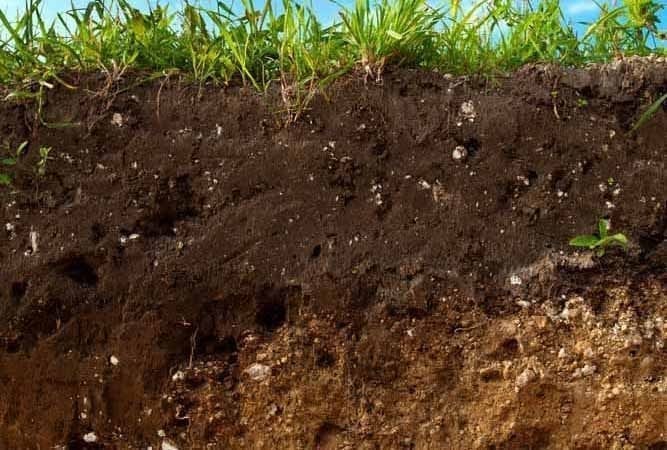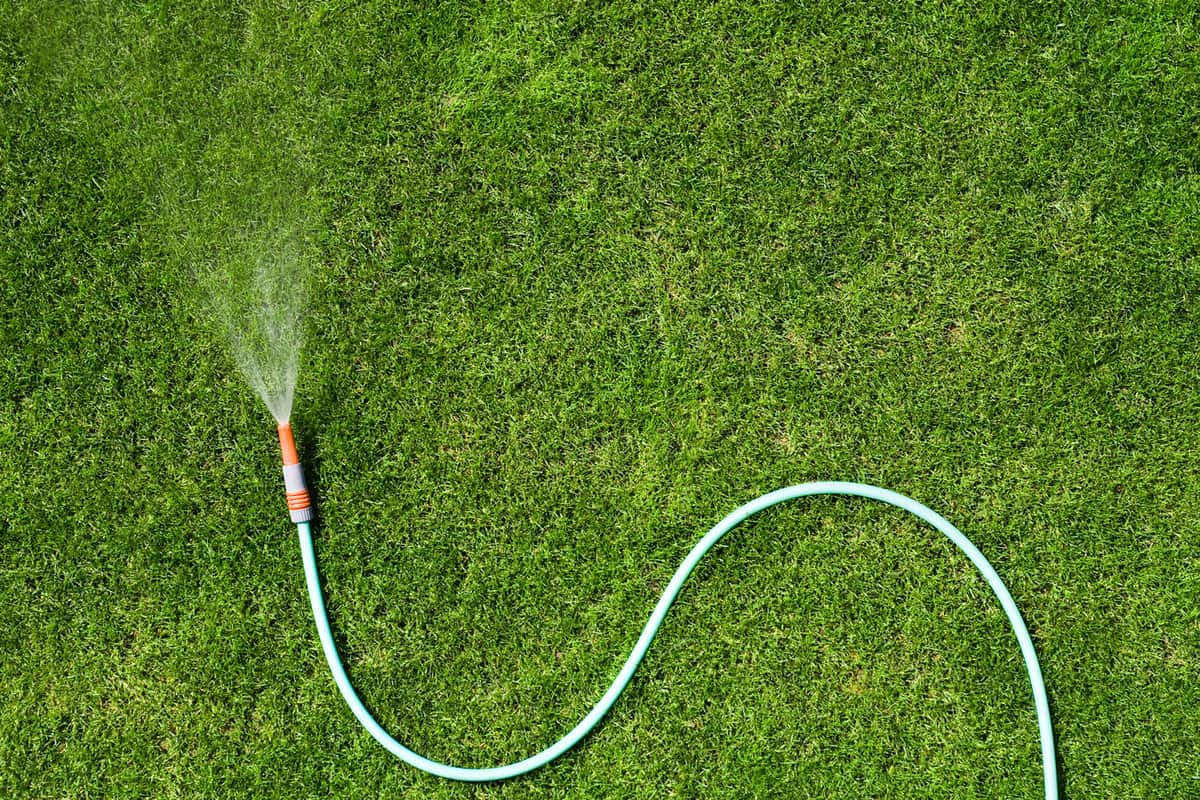Peat moss, sphagnum moss, is a popular organic material used in gardening and landscaping. Incorporating peat moss can offer numerous benefits when keeping a lush and healthy lawn. This article will explore the advantages of peat moss for grass and provide helpful tips for its effective utilization.
Benefits of Using Peat Moss for Grass
1. Improved Moisture Retention
Peat moss has excellent water-holding capacity, making it an ideal addition to soils that dry out quickly. When mixed into the soil, it helps retain moisture, ensuring that grassroots have a consistent water supply. This benefit is especially crucial during hot summers or regions with limited rainfall.
2. Enhanced Nutrient Absorption
Peat moss acts as a sponge, absorbing and releasing nutrients slowly over time. It aids nutrient retention and prevents leaching, allowing grassroots access to essential elements for growth and development. By incorporating peat moss, you can maximize the effectiveness of fertilizers and promote healthier, greener grass.
3. Improved Soil Structure

Peat moss possesses excellent soil conditioning properties. It helps loosen compacted soil, allowing for better root penetration and air circulation. Additionally, it improves the soil's ability to retain oxygen, promoting stronger and healthier grass growth.
4. Increased Organic Matter
Adding peat moss to the soil increases the organic matter content. It contributes to soil fertility and supports a thriving ecosystem of beneficial microorganisms. These microorganisms aid nutrient cycling and improve soil structure, leading to healthier grass growth.
Tips for Using Peat Moss for Grass
1. Soil Preparation
Before applying peat moss, prepare the soil by removing any debris, weeds, or rocks. Loosen the soil by utilizing a garden fork or tiller to a depth of 4-6 inches.
2. Correct Application
Spread a layer of peat moss evenly over the soil surface at a recommended 1/4 to 1/2 inch deep. Avoid applying thick layers, as excessive peat moss can impede water infiltration.
3. Mixing with Soil
After spreading the peat moss, use a rake or garden tiller to mix it thoroughly with the top layer of soil. Aim for a uniform distribution throughout the desired grass area.
4. Watering and Seeding
After incorporating peat moss into the soil, water the area thoroughly to ensure proper moisture penetration. If you plan to sow grass seeds, do so after incorporating peat moss, following the recommended seeding instructions.
5. Maintenance
Monitor the soil's moisture level regularly and adjust the watering accordingly. Peat moss retains moisture well, but avoiding waterlogging the grass is essential. Regularly fertilize and mow your lawn as needed to promote healthy grass growth.
Conclusion
Peat moss for grass offers multiple benefits, including improved moisture retention, enhanced nutrient absorption, improved soil structure, and increased organic matter content. By following the tips, you can effectively incorporate peat moss into your lawn care routine, resulting in a healthier, more vibrant grassy landscape.


